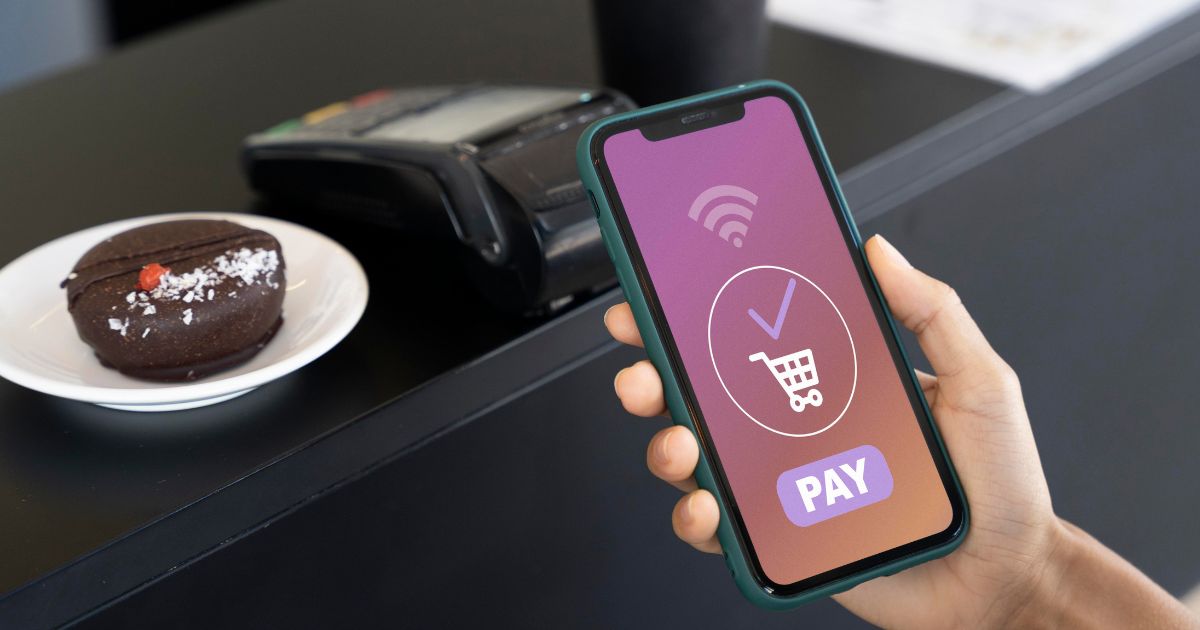
| January 15th, 2024 |
Mobile Payments Revolution — Transforming Transactions in the Digital Age!
In an era where smartphones have become extensions of ourselves, it’s no surprise that they are also transforming the way we handle our finances. The rise of mobile payments has been nothing short of revolutionary, reshaping the landscape of commerce and finance on a global scale. In this blog post, we will delve into the intricacies of this phenomenon, exploring the driving forces, key players, challenges, and the future trajectory of mobile payments.
The Genesis of Mobile Payments:
The roots of mobile payments can be traced back to the early 2000s, but it wasn’t until the proliferation of smartphones that this technology truly took off. The convergence of advanced mobile devices, secure networks, and user-friendly applications paved the way for a seamless and convenient payment experience.
Key Technologies Underpinning Mobile Payments:
Mobile payments leverage a combination of technologies to facilitate transactions securely. Near Field Communication (NFC), Quick Response (QR) codes, and mobile wallets are at the forefront. These technologies not only provide ease of use but also ensure robust security measures, crucial for gaining consumer trust.
The Global Surge in Mobile Payment Adoption:
The adoption of mobile payments is not limited to a specific region; it’s a global phenomenon. From developed countries to emerging markets, people are increasingly embracing the convenience of mobile transactions. China’s Alipay and WeChat Pay, UPI in India, Google Pay and more like these for instance, have become integral parts of daily life, handling transactions ranging from grocery shopping to peer-to-peer transfers.
The Role of Big Tech in Shaping Mobile Payments:
Big tech companies have played a pivotal role in the rise of mobile payments. Apple Pay, Google Pay, and Samsung Pay have become household names, seamlessly integrating with smartphones and wearables. These platforms have not only made payments easier but have also introduced innovative features like loyalty programs and digital receipts.
Mobile Payments in E-commerce:
The e-commerce sector has witnessed a paradigm shift with the integration of mobile payments. Consumers can now make purchases with a simple tap or scan, eliminating the need for lengthy checkout processes. This has not only improved user experience but has also led to increased sales for online retailers.
The Impact on Traditional Banking:
Mobile payments have disrupted traditional banking models. With the rise of mobile banking apps, consumers can manage their finances, transfer funds, and even apply for loans with just a few taps on their smartphones. This has prompted traditional banks to innovate and adapt to the changing landscape to stay relevant.
Security Concerns and Solutions:
While the convenience of mobile payments is undeniable, it comes with its set of security concerns. The potential for fraud and data breaches raises questions about the safety of these transactions. However, continuous advancements in encryption technologies, biometric authentication, and tokenization are addressing these concerns and making mobile payments more secure.
The Inclusivity of Mobile Payments:
One of the remarkable aspects of mobile payments is their ability to bring financial services to the unbanked and underbanked populations. In regions where traditional banking infrastructure is limited, mobile payments offer a lifeline, enabling individuals to access financial services and participate in the digital economy.
Regulatory Landscape and Standardization:
As mobile payments continue to gain prominence, regulatory bodies are adapting to ensure the safety and fairness of transactions. Standardization efforts are underway to create a uniform set of rules and protocols, fostering interoperability and trust among different mobile payment platforms.
Challenges and Hurdles to Overcome:
Despite the rapid growth, mobile payments face challenges such as interoperability issues, competition among platforms, and the need for consistent user education. Additionally, concerns about privacy and data protection must be addressed to maintain consumer confidence in the long term.
The Future Trajectory of Mobile Payments:
The future of mobile payments looks promising, with ongoing innovations and collaborations. The integration of artificial intelligence, blockchain, and contactless technologies will likely shape the next phase of this evolution. Moreover, the emergence of Central Bank Digital Currencies (CBDCs) could redefine the entire landscape of digital transactions.
Conclusion:
The rise of mobile payments is not just a trend; it’s a transformative force reshaping how we engage with money. As smartphones become even more integral to our daily lives, mobile payments will continue to evolve, offering new possibilities and opportunities. The fusion of technology, convenience, and financial inclusion paints a compelling picture of a future where the way we transact is not just mobile; it’s mobile-first. Stay tuned for what promises to be an exciting journey into the next era of digital finance.